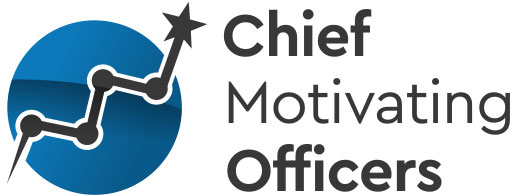By Manny Rodriguez and Shannon Biagi
Do you want to be an Organizational Behavior Management professional (OBMer for short)?
Are you pursuing your Board Certified Assistant Behavior Analyst (BCaBA) or Board Certified Behavior Analyst (BCBA) certification and are interested in your field supervision hours to include OBM activitie
Are you already a BCBA and want to be an OBMer?
Read on, as this article provides a look behind a curtain of an OBM perspective as it relates to being the BACB® Fifth Edition Task List, at least from our perspective anyway. This is in no way sanctioned by the BACB, or our professional affiliations such as the OBM Network, rather these are the musings of two OBMers who are interested and supporting the growth of OBM, one behavior change agent at a time.
For many years, professionals in the field of behavior analysis have been interested in OBM, but have often lacked the opportunity to be formally educated or trained due to few programs providing coursework in the area. However, many behavior analysts have caught wind of its scientific underpinnings in Applied Behavior Analysis (ABA), and now want to know how to “get in” the field. For most behavior analysts, many eventually find themselves in a managerial role, director chair, or possibly even the CEO of their own organization. Thinking ahead is important, because managing people and processes can look and feel differently depending on your learning history in the workplace, and is way different than providing direct behavior analytic clinical services (for which many behavior analysts are well trained to do).
When looking at the BACB fifth edition task list, what would be different in training a clinical ABA professional versus an OBMer? In short, the main difference is the subject matter of leadership and management of other professionals, plus a dose of specialized experience in looking at systems, processes, and macro contingencies. The field of OBM has supported many forms of management and leadership development, all grounded in behavior analysis. Several noteworthy pieces of literature support the OBMer, such as Daniels and Daniels Measure of A Leader, or Braksick and Hillgren’s Preparing CEOS for Success: What I Wish I Knew. More in depth analysis of leadership and management are well documented in the Journal of Organizational Behavior Management, such as the works of Drs. Thomas Mawhinney, Judith Komaki, and Ramona Houmanfar to name a few.
OBM also offers a number of specializations within the field. The methodology of Behavioral Systems Analysis, for example, has been a focus of OBM since the 1960’s and 70’s, providing the OBMer with a process of analyzing (and altering when necessary) the elements that make up an organizational system (see anything from Dale Brethower and Heather McGee for example). In addition, the OBM literature provides future supervisors and managers in clinical ABA practice with an abundance of research and methods on topics such as coaching, feedback, and even the area of ethics. Ok, onward to an OBM perspective on the fifth edition task list in an effort to illustrate our thinking around preparing future OBMers.
The Fifth Edition Task List for BCBAs and BCaBAs is divided into two sections. Section 1, Foundations, which focuses on the basic underlying principles and knowledge of behavior analysis; and Section 2, Applications, which is the area that emphasizes practice-oriented skills. Because OBM is grounded in the same foundation and broad applications, applied to the context of the workplace and the world of business, we believe the BACB Task List can be applied for future BCaBAs and BCBAs of the world to become future OBMers. We’ve decided to provide our thoughts, a sample of musings if you will, in the form of a table listing each section with its corresponding sub-sections, and our thoughts on what could be covered to meet those requirements from an OBM perspective.
… For the rest of this post, originally posted on Behavioral Science of the 21st Century, click here.

